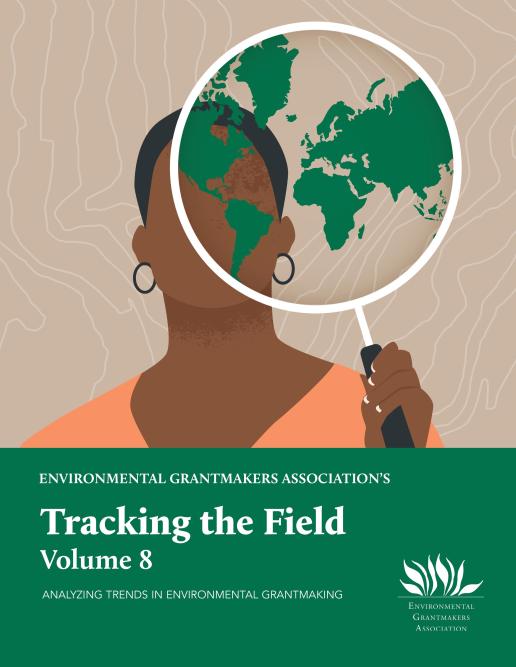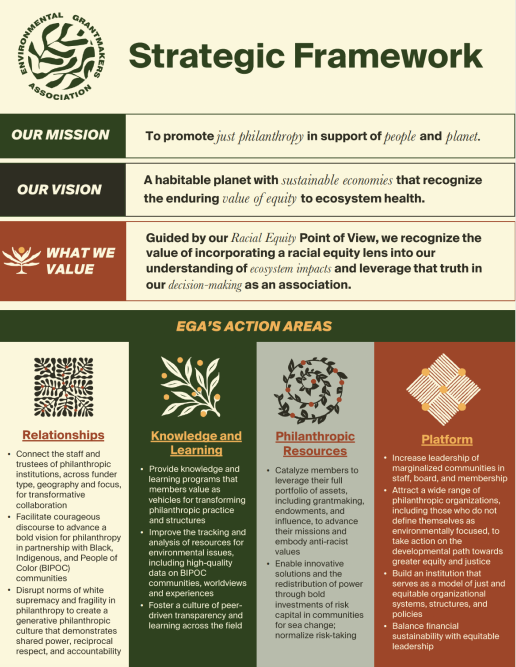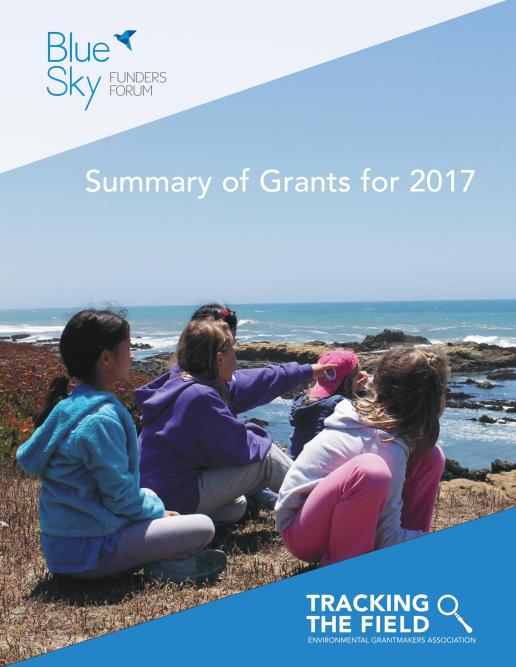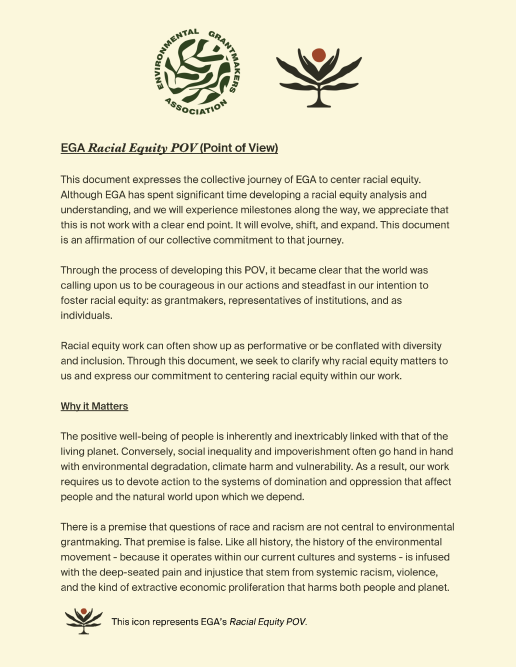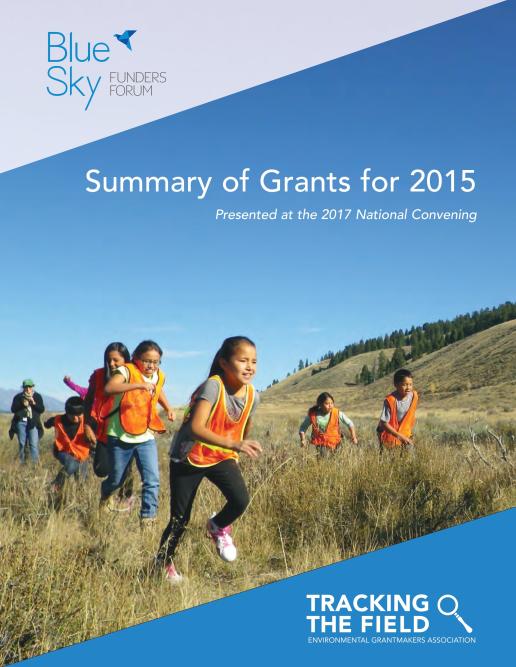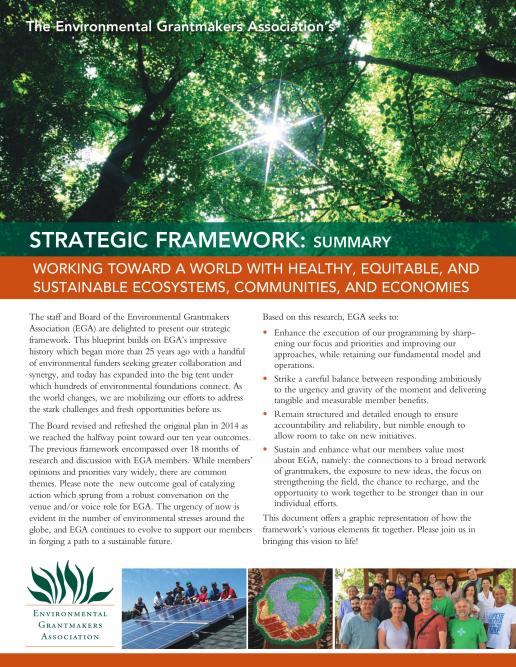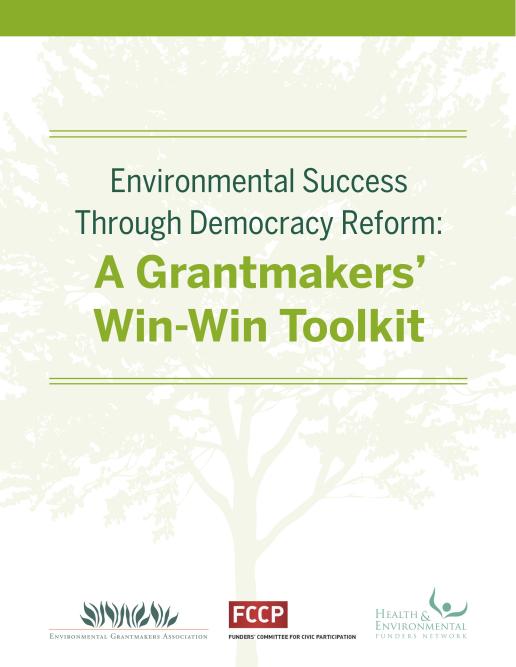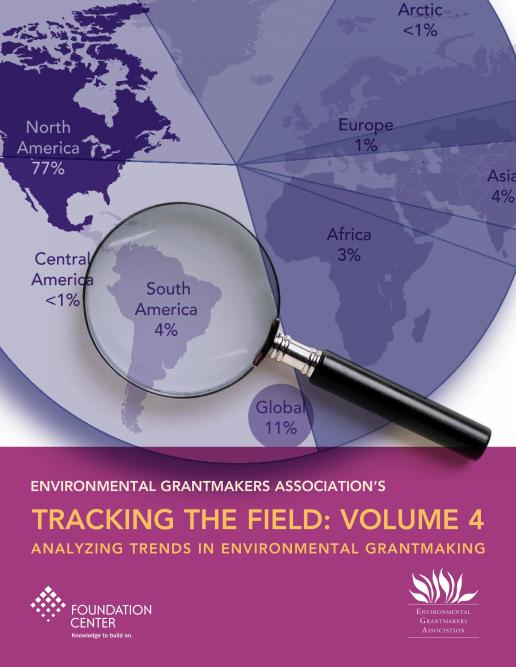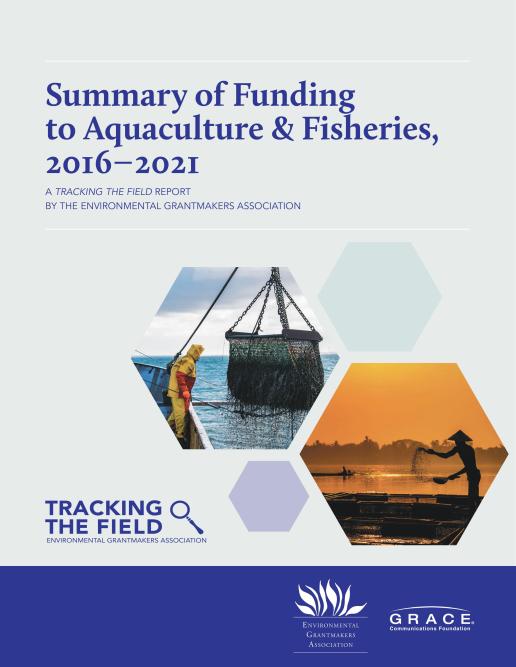
New EGA Report: Summary of Funding to Aquaculture & Fisheries, 2016-2021
EGA's new Summary of Funding to Aquaculture & Fisheries, 2016-2021 report dives deep into over $500 million in Aquaculture & Fisheries grants made between 2016 and 2021, revealing gaps in the geographic and issue focus areas. Aquaculture and fisheries deeply intersect the issues of ocean health, biodiversity, food systems, climate adaptation, sustainable communities and the livelihoods of Indigenous peoples.The report examines funding that supports different aquaculture methods such as open-ocean aquaculture and on-land recirculating aquaculture; seafood market strategies including local seafood supply chains, seafood certification, and transparency & traceability; and tribal fisheries and Indigenous aquaculture projects. The report also compares the funding given to various aspects of sustainable fisheries management, including fishing community engagement and fisheries management policy & research.
